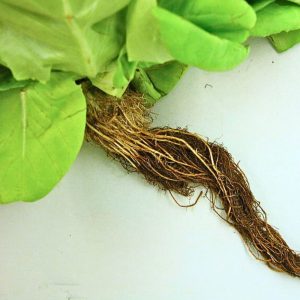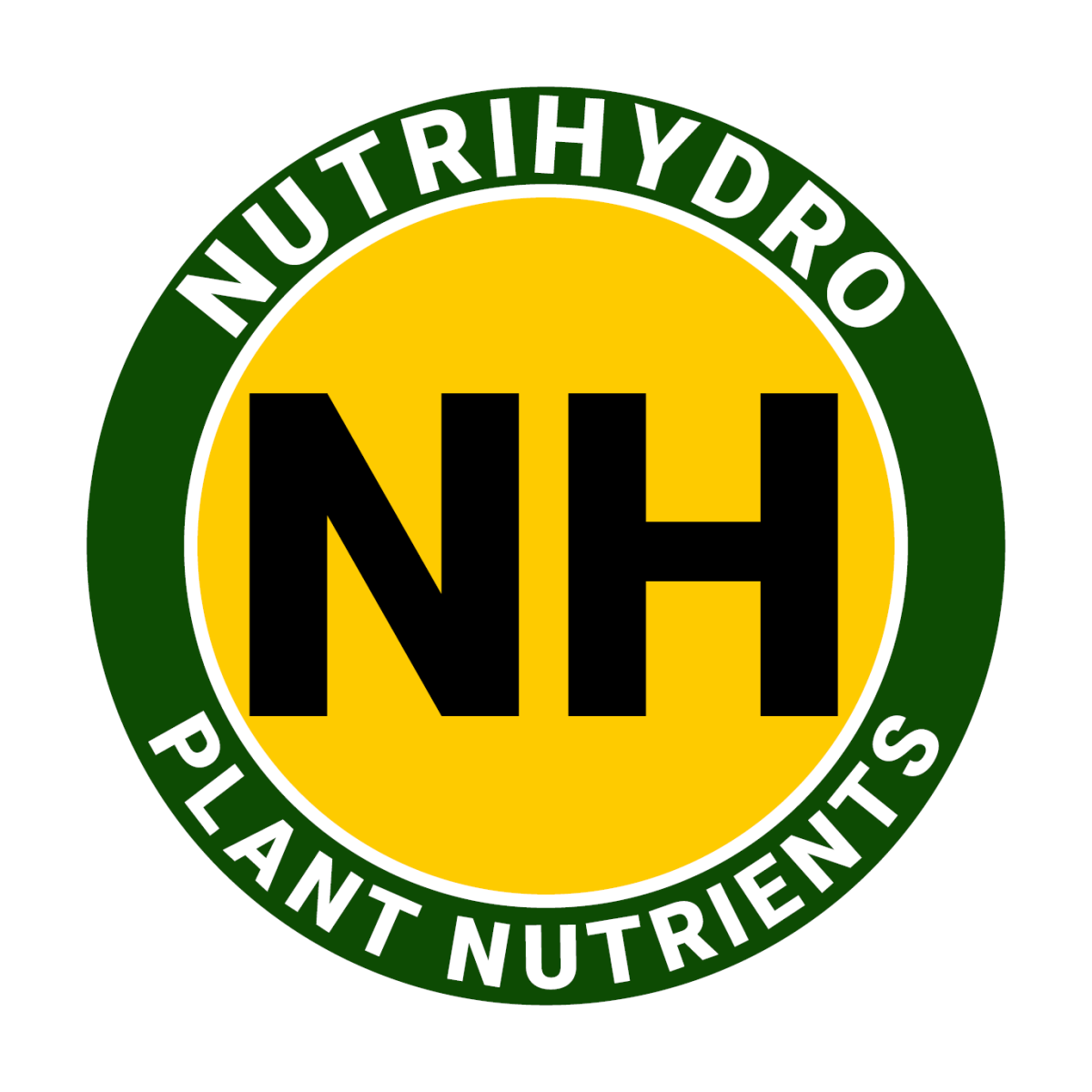Root Rot? Here is What you can do.
 Root rot in hydroponically grown lettuce is a common disease issue that can severely impact the health of your plants, impeding growth and, in severe cases, leading to plant death. Understanding root rot, its causes, how to identify, treat, and prevent it is vital for maintaining a healthy hydroponic garden.
Root rot in hydroponically grown lettuce is a common disease issue that can severely impact the health of your plants, impeding growth and, in severe cases, leading to plant death. Understanding root rot, its causes, how to identify, treat, and prevent it is vital for maintaining a healthy hydroponic garden.
Causes of Root Rot in Hydroponics
Root rot is primarily caused by a pathogenic infection, generally from the fungi Pythium, Fusarium, or Phytophthora, although it can also be caused by bacteria or water molds. These pathogens thrive in oxygen-poor, warm, and nutrient-rich water environments, which unfortunately describes many hydroponic systems if not properly managed.
There are a few factors that make your hydroponic lettuce more susceptible to root rot:
Poor Water Quality: The pathogens that cause root rot can easily propagate in hydroponic systems with poor water quality. Overfed systems with excess nutrients can lead to algal blooms, which use up oxygen and create an ideal environment for root rot pathogens.
Insufficient Oxygen: The root system of plants need oxygen to function properly. In waterlogged conditions with low oxygen, roots become stressed and more susceptible to infection.
High Water Temperatures: Water that is too warm (above 77°F or 25°C) can promote the growth of root rot pathogens. Additionally, warm water holds less dissolved oxygen, exacerbating the problem.
Poor Hygiene: If equipment, reservoirs, or the system itself is not properly cleaned and sterilized, it can harbor root rot pathogens. This is especially true if diseased plants have previously been in the system.
Identification and Progression of Root Rot
The disease typically begins at the root tip where the pathogens invade, blocking the plant’s ability to take up water and nutrients. As the disease progresses, it moves upward to the plant stem base, causing the roots to brown, become slimy, and eventually disintegrate.
Symptoms may be visible in the plant above the water line as well. Affected lettuce may show signs of stunted growth, yellowing leaves, wilting, and in severe cases, the entire plant may collapse.
Solving Root Rot Issues
If you suspect root rot in your hydroponic lettuce, immediate action should be taken to rescue the plants and restore the health of your system.
Remove Infected Plants: Infected plants should be removed from the system to prevent the spread of the pathogen. Take care to dispose of these plants away from your growing area.
Clean the System: Clean and sterilize your entire hydroponic system. This includes all equipment, the reservoir, and any tools used in the process. Hydrogen peroxide or commercially available sterilization agents can be used.
Oxygenate and Cool Down the Water: Use an air pump and air stones to ensure your water is properly oxygenated. Aim to keep water temperatures below 70°F (21°C) to inhibit pathogen growth and maximize dissolved oxygen.
Control Nutrient Levels: Overfeeding can promote root rot, so make sure your nutrient solution is balanced and appropriate for your lettuce. Drain and replace your nutrient solution regularly to ensure optimal conditions.
Use Beneficial Microorganisms: Some hydroponic growers introduce beneficial bacteria and fungi to outcompete the pathogens causing root rot. These beneficial microorganisms can also enhance plant nutrient uptake.
Preventing Root Rot in Hydroponics
Prevention is always better than a cure, and that’s true for root rot in hydroponics. A preventive approach focuses on maintaining optimal conditions in your hydroponic system and catching potential issues early.
Regular Cleaning: Regularly clean your entire system, including all equipment and tools, to remove any potential pathogens.
Water Management: Maintain good water quality by using filtered water, appropriate nutrient levels, and changing your nutrient solution regularly. Keep water temperature between 65°F and 70°F (18°C to 21°C).
Oxygenation: Make sure your water is well oxygenated by using an air pump and air stones. This will keep your roots healthy and less susceptible to infection.
Regular Inspection: Regularly inspect your lettuce and its root system for any signs of root rot. Catching the issue early can make treatment much more effective.
Hygiene: Always wash your hands and tools before working with your hydroponic system to reduce the risk of introducing pathogens.
Using Disease-resistant Varieties: Using disease-resistant lettuce varieties can help reduce the likelihood of root rot.
Use NutriHydro Bio Stimulants: NutriHydro, at this point offers 3 variants of biostimulants. NH Bio CalMag, NH Grow, and NH Bloom. Hydroponic growers introduce beneficial bacteria and fungi to outcompete the pathogens causing root rot. These beneficial microorganisms can also enhance plant nutrient uptake and this is where NutriHydro’s biostimulants can perform to keep your lettuce’s health at its peak.
In conclusion, while root rot can be a serious problem in hydroponic lettuce, understanding its causes and implementing sound practices for disease identification, system hygiene, water management, and regular plant inspection can help you successfully prevent and control this common hydroponic disease.
Author
Christopher Tuason
Christopher Tuason

NutriHydro is a manufacturer of plant nutrients based in the Philippines. They are known to grow the healthiest, heaviest, and largest lettuce in the country. NutriHydro products are available to purchase from the following e-commerce platforms.
Lazada: bit.ly/3asMYXN
Shopee: bit.ly/3nRJX6Z
Basilyard: bit.ly/346Kklw
NutriHdyro Website: bit.ly/434MoY6




